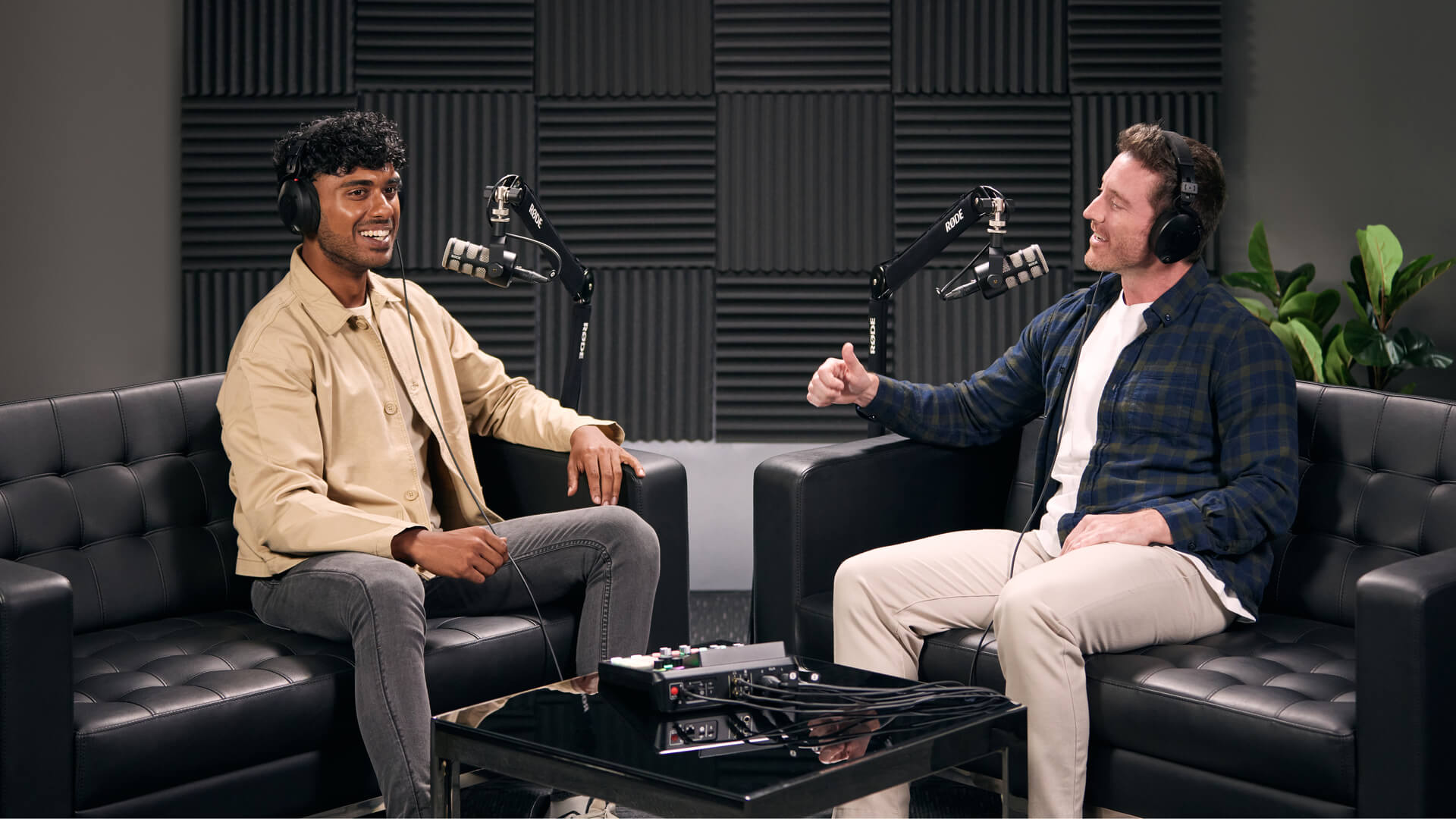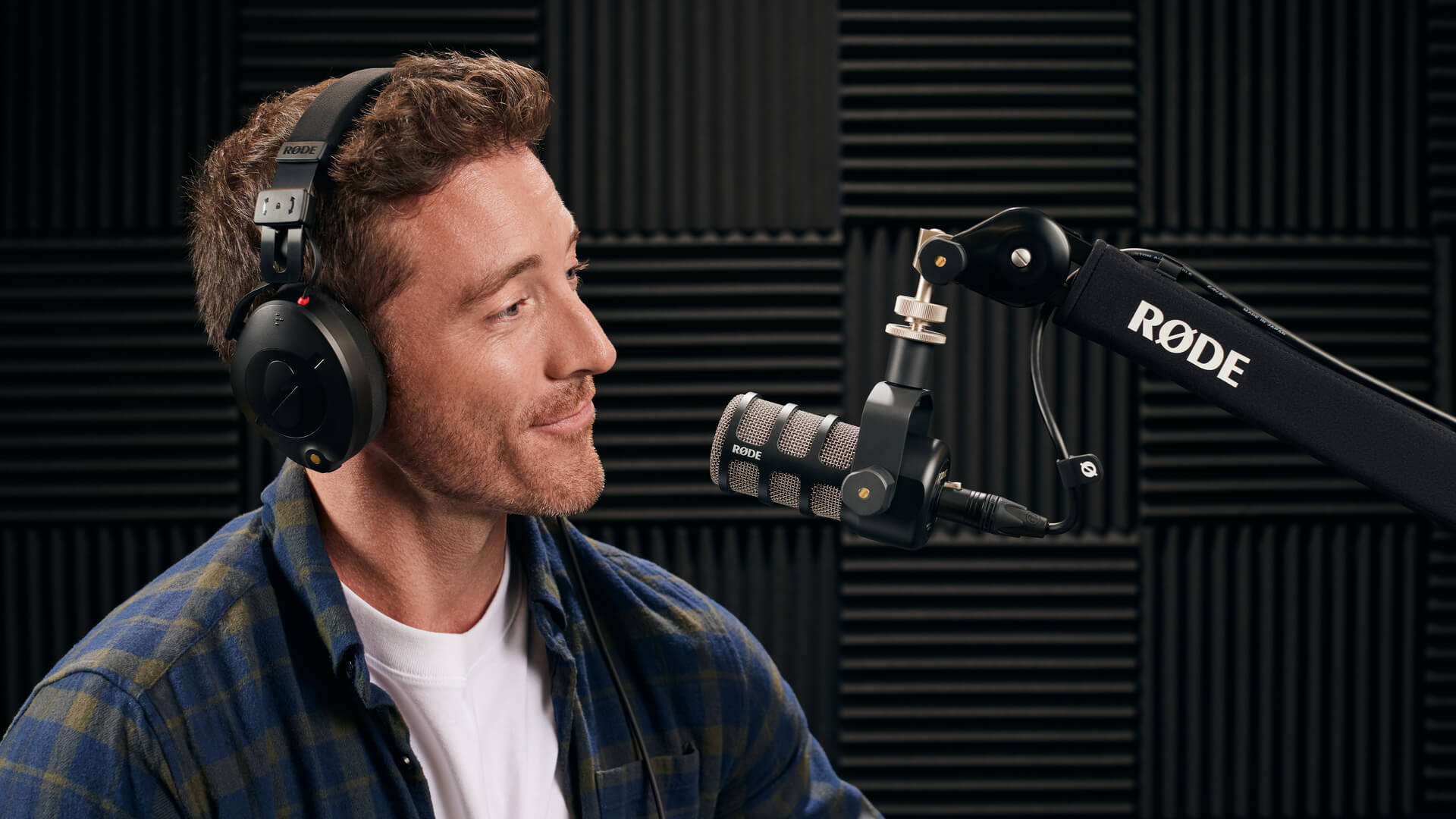Wardrobe and Makeup
Another aesthetic to consider when filming a video podcast is wardrobe and makeup. When it comes to your hosts, putting a bit of thought into what they wear can help convey a certain style, whether that’s formal or informal, expert or casual.
You can’t always control what your guests are going to wear, but it’s still worth making suggestions depending on the style you’re going for – we recommend avoiding overly vibrant colours or distracting patterns.
While not always necessary, makeup can even out skin tone and help your hosts or guests to look less shiny on camera. It’s always handy to have a makeup kit on hand, as touch-ups might be needed throughout a video podcast, particularly if it’s a long one.
Camera Settings
Most smartphones are fairly intuitive when it comes to camera settings, and many controls are automated, so you shouldn’t have to tweak too much. Let’s take a quick look at two fundamentals that have a huge impact on your video.
Firstly, shoot in the highest resolution you can, which will most likely be 4K. You’ll end up with larger video files, but it gives you the flexibility of cropping your shot while editing without losing too much quality. This is crucial if you need to readjust framing or want to create a second shot that’s more zoomed in without needing another camera.
Another thing you need to be mindful of before recording video is to make sure your hosts or guests are in focus. Again, most phones will have decent autofocus, but it’s definitely worth checking it’s working as it should before hitting record.



